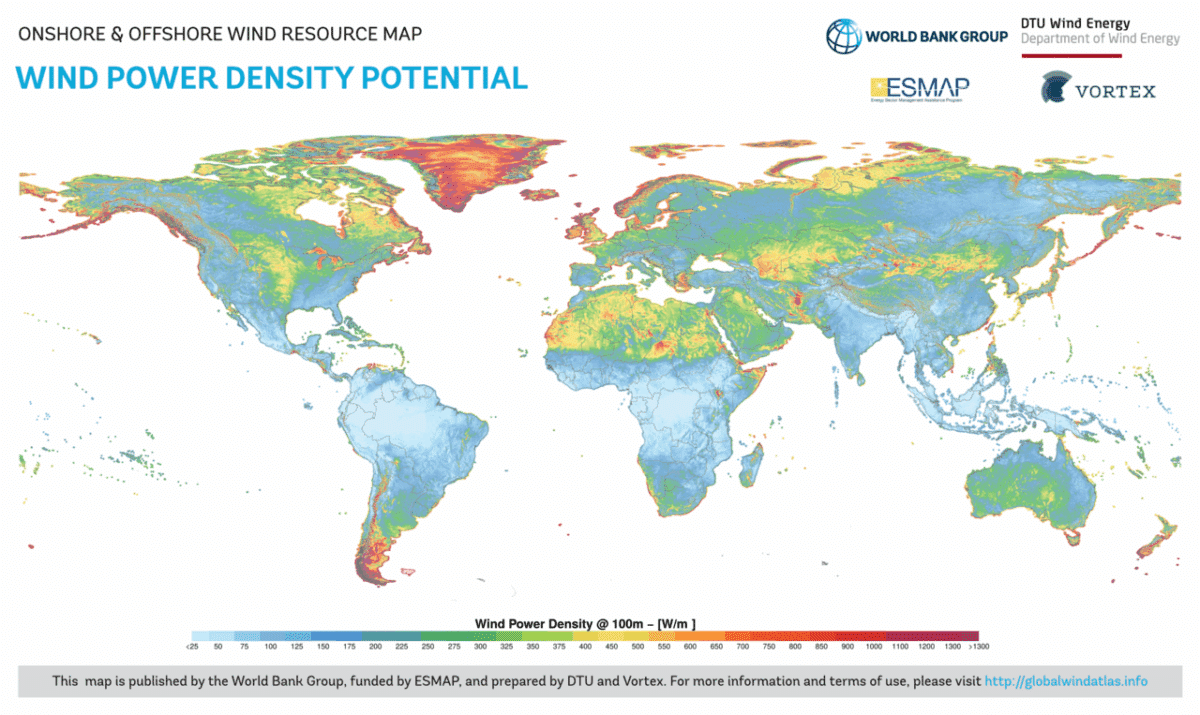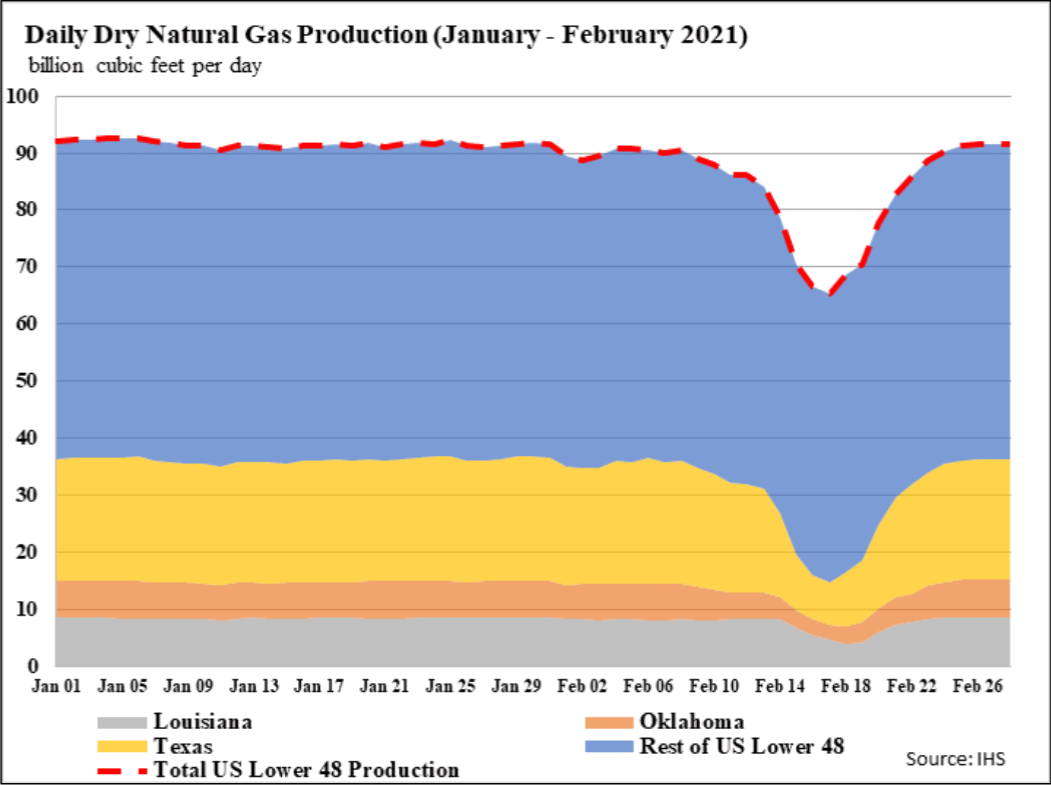- Energy
Do wind turbines work when it’s cold?

When an electric grid fails, solar and wind often get the blame. Whenever an electric grid fails in cold weather, renewable energy opponents tend to claim that wind turbines are the problem – that wind turbines don’t work in the cold. This message isn’t new, and we’ve heard it from people in authority.
In 2021, after much of the U.S. lost power during a cold snap, Texas Governor Greg Abbott blamed wind turbines. In 2024, Alberta Premier Danielle Smith blamed “unreliable” renewables for a scare after the cold knocked out two gas power plants. And Science Feedback previously debunked claims that a Scottish wind farm ‘ran on diesel’ during a 2023 winter storm.
The same general claim still circulates today. See, for example, this July 2025 X post, which gathered more than 100,000 views within a week, stating (amongst other things) that wind turbines “don’t even work when it’s cold”. But is it true?
As we’ll show below, winter weather can slow down wind turbines, particularly by causing ice to build up on their blades. But wind turbine operators are well aware of this problem, and many turbines today have the technology to operate in freezing conditions. After all, many turbines are located in cold climates, and most of them do not experience winter troubles.
Main Takeaways:
- Wind turbines work perfectly well in the cold. In fact, a large part of the world’s wind energy has been built up in cold climates. Wind turbines can actually be more efficient in cold weather.
- When temperatures drop below freezing, ice can build up on a wind turbine’s blades. This can blunt the turbine’s performance.
- However, researchers have been aware of these issues for years, and they’ve developed systems that heat blades to prevent ice buildup. These systems are quite standard on wind turbines today.
- Wind turbines aren’t the only power sources affected by winter weather. In particular, past winter storms have severely disturbed gas power plants.
Ice threatens wind turbines
First, let’s understand the problems that wind turbines can face in cold weather. Then, we’ll look at how wind turbines successfully address these problems.
The typical wind turbine is designed to operate down to -20°C (-4°F), and turbines can be winterized to run at even colder temperatures. But many cold climates rarely experience such bitter cold. Rather than temperature itself, the most serious problem is ice.
At temperatures below 0°C (32°F), when supercooled water droplets in the air touch something solid – such as a wind turbine blade – they freeze into ice crystals. With more time, more water, and continued cold, these ice crystals will grow. Through this process, masses of ice can build up on a turbine’s blades. The longer a blade is left out in ice-forming conditions, the more ice collects on its surface.
This is problematic because wind turbine blades are precisely shaped to catch as much wind as possible. The better a turbine can do this, the more efficiently it can turn the wind into electricity. But ice changes the blade’s shape. This hurts the turbine’s efficiency, and the effects worsen as ice continues to build. Ice buildup can also cause vibrations and increase the chance that a turbine will break down.
Serious ice buildup can hobble a wind farm to just around 20% of its normal capacity[1]. If this repeats, it can reduce a wind turbine’s yearly generation by anywhere from 1% to 25%, according to studies cited in a 2025 review[2]. In especially severe circumstances, ice can prevent turbines from starting up at all. A 2024 study found that blade ice is the single largest cause of wind turbine failure[3].
Furthermore, spinning turbine blades can throw off ice shards and endanger people on the ground (though, as we’ve covered in a past review, wind turbines aren’t more dangerous than other electrical sources).
The good news is that many wind turbines are quite capable of removing ice.
Many wind turbines have heating systems
The people who study, build, and operate wind turbines have known about ice’s problems since at least the 1990s. In the decades since, scientists and engineers have developed numerous ways to protect turbines against ice.
Today, the most common are systems that heat up blades to prevent ice from building up. These are well-established methods – many turbines come with them installed, and it’s common practice to use them in winter.
There are several different ways of keeping blades warm. Richard Hann, Senior Researcher at the Norwegian University of Science and Technology, told Science Feedback:
“There’s essentially two main systems commercially available today. The first one is circulating hot air inside of the blades – like a big hair dryer that’s blowing hot air into the wing and circulating. That’s heating the wing up. The second one is using some kind of heating mats – heating materials that you laminate onto or into the rotor blades – that you can just heat up electrically to warm up the wings and to prevent ice from building up, or removing any ice that’s built up on it.”
Although these heating systems do need energy, it’s usually a small fraction of what the wind turbine generates. According to the International Energy Agency, “Typically, the energy consumption of blade heating is 2% or less of annual energy production.”
As we’ve mentioned, many wind turbines now come installed with either of these systems. They’re standard features on turbines built in cold climates. Hann told Science Feedback:
“The technology is there, it’s mature. You can buy it off the shelf. It’s a little like, if you buy a car, adding AC or something like that – you just add a cold climate package to it. So that’s not a problem.”
In fact, wind energy planners carefully consider the problems that cold weather and icing can bring. Whenever wind turbine builders decide on a location, in addition to outfitting their turbines with heating systems, they might spend time measuring the ice that builds up at their site and ensuring that no one is in danger if a turbine throws off ice.
The world is building new wind turbines more rapidly than ever, so it’s not surprising that researchers are trying to find other ways of winter-proofing turbine blades. While not common today, future wind turbine blades might be finished with a ‘hydrophobic’ coating that prevents water droplets from sticking to its surface[4].
Wind turbines are often built in cold climates
In general, typical winter weather isn’t a problem for wind turbines.
As of 2015, 30% of the world’s wind turbines were installed in cold climates – mostly in North America and Northern Europe[5]. The vast majority of these operate perfectly well in the winter – even in a place like Denmark, where wind turbines generate most of the country’s electricity during the winter months.
When we look around the entire world, we find that colder climates often make for better places to build wind turbines (Figure 1). Indeed, many of the countries most reliant on wind power are located in cold climates.

It’s worth noting that, in most of the U.S., wind generation is higher in winter than in summer. And across most of the world, wind turbines have the potential to produce more power in winter than in summer[6].
Why do we see these sorts of trends? One reason is that cold air can actually help wind turbines. Air becomes denser as it cools, so cold air is ‘thicker’ than warm air. Thicker air is better at spinning a turbine’s blades; colder air is, therefore, more efficient at generating electricity.
Extreme winter weather hurts other power plants, particularly gas power plants
Even if wind energy’s opponents single out wind turbines for their performance in the cold, it’s important to note that winter weather doesn’t just affect wind turbines.
Wintry conditions also harm thermal power plants – those that generate electricity via heat from a fuel source, whether fossil fuels or nuclear fuel rods. In extremely cold weather, the pipes and control systems inside these plants are prone to freezing. Without them, a power plant can’t safely operate.
Gas power plants may be especially vulnerable to wintry conditions, some evidence suggests. In winter months, gas power has tended to generate around a third of U.S. electricity. But a Union of Concerned Scientists analysis found that, in five severe winter storms that disrupted parts of the U.S. electric grid between 2011 and 2023, gas plants accounted for more than half of lost capacity.
That includes the 2021 blackout, in which gas made up a disproportionate 58% of lost capacity.
Furthermore, unlike wind turbines, thermal power plants need a constant fuel supply. That’s problematic if the same winter weather also disrupts the fuel supply chain. That’s even more problematic for a power plant that doesn’t keep backup fuel on-site. Gas plants in particular often don’t do this – they instead pipe in gas from afar.
During the 2021 blackout, Texas gas production dropped by 70%, according to data from the U.S. government’s Federal Energy Regulatory Commission (Figure 2). Equipment froze, workers couldn’t reach gas production sites, and many gas facilities themselves lost power. A post-mortem report blamed “fuel issues” for 31% of generators that failed in the blackout.

Solar panels don’t need fuel, but they are also vulnerable to winter weather. Naturally, solar cells produce less energy in winter when there’s less sunlight, but severe winter weather can worsen this. A 2023 study found that, in Central and Eastern Europe, solar production was 5% lower in years that saw cold waves[7].
So it’s ultimately misleading to single out wind turbines for this issue – cold weather doesn’t just affect them. Blaming wind turbines is another example of what renewable-energy-related misinformation often does: cherry-picking problems with one renewable source while ignoring how the same problems might affect other energy sources.
References:
- 1 – Gao et al. (2021) A field study of ice accretion and its effects on the power production of utility-scale wind turbines. Renewable Energy.
- 2 – Quayson-Sackley et al. (2025) Technological advancements for anti-icing and de-icing offshore wind turbine blades. Cold Regions Science and Technology.
- 3 – Zhang et al. (2024) A Review of Wind Turbine Icing and Anti/De-Icing Technologies. Energies.
- 4 – Liu et al. (2024) Superhydrophobic coating for blade surface ice-phobic properties of wind turbines: A review. Progress in Organic Coatings.
- 5 – Gao & Hu (2021) Wind turbine icing characteristics and icing-induced power losses to utility-scale wind turbines. PNAS.
- 6 – Ulazia et al. (2019) Global estimations of wind energy potential considering seasonal air density changes. Energy.
- 7 – Armada Brás et al. (2023) How much extreme weather events have affected European power generation in the past three decades? Renewable and Sustainable Energy Reviews.



